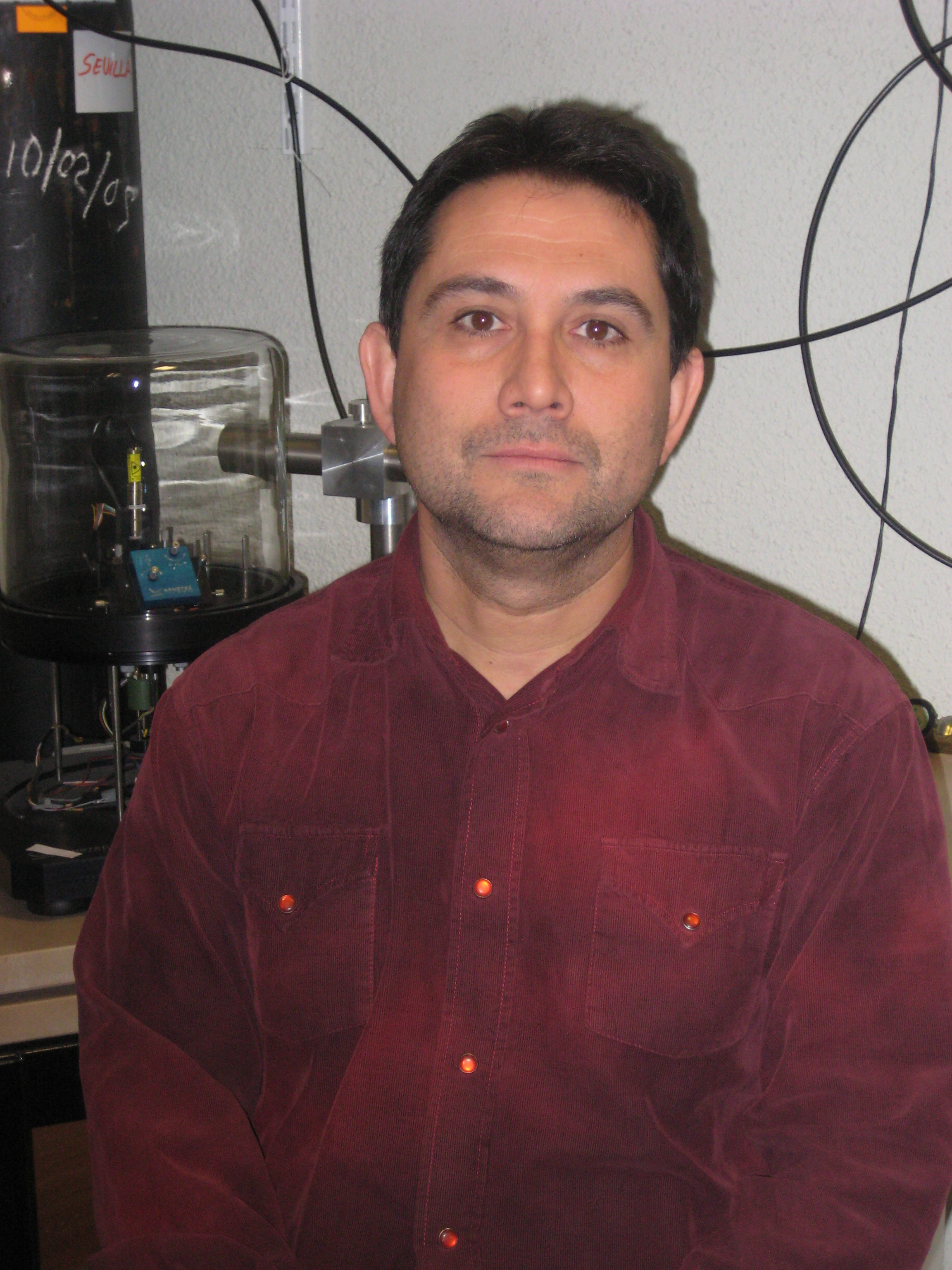Seville, 03/12/2010. The scientists involved, which also include researchers from the University of Malaga, based their studies on cutin, the main component of the epidermis of tomato skin. This biopolyester, whose function is to maintain water levels inside the cell, results in a “biocompatible, biodegradable and non-toxic product that nature uses as a protective layer of fruits and leaves and, therefore, is capable of being artificially adapted and used as a commercial material for food packaging,” according to José Jesús Benítez Jiménez, senior scientist at the ICMS.
According to Dr. Benítez, it would be necessary to subject the skin handled in an alkaline medium to certain physicochemical conditions in order to obtain a plastic that meets the needs of a material intended for commercial food preservation.
At present, Benítez’s group is working on mechanical, strength, elasticity, transparency and opacity tests to optimize the effectiveness of the cutin, all of which are part of the Biomimetics of Materials project of excellence. Synthesis of cutin-type biopolyesters and their technological and pharmacological applications of the Junta de Andalucía.
Read the interview with Dr. José Jesús Benítez
As reported by National Geographic




